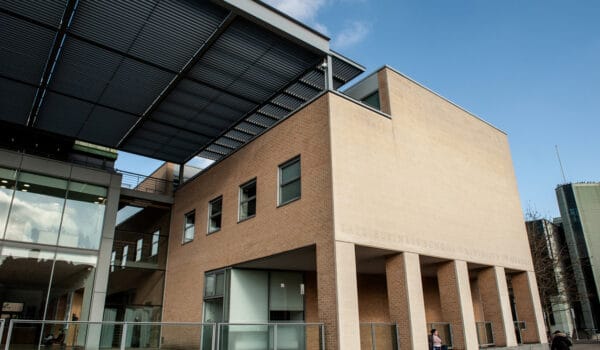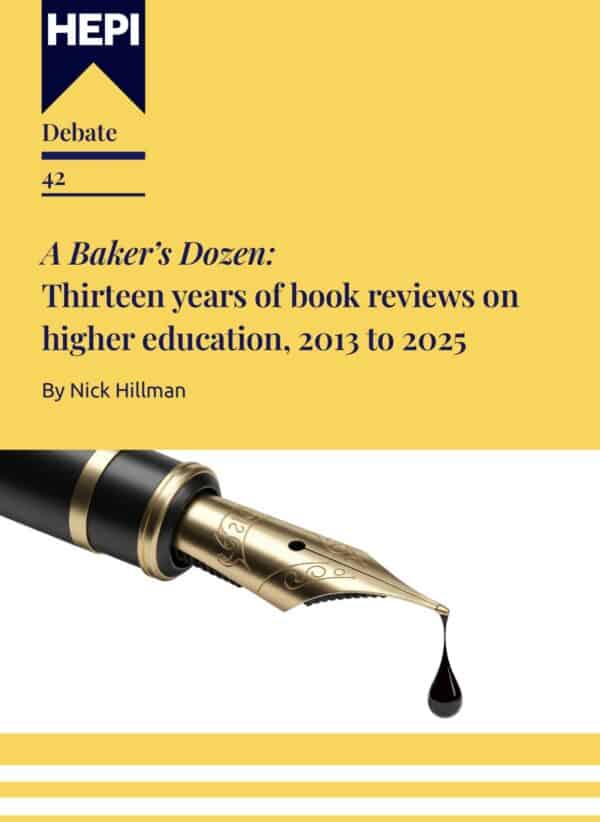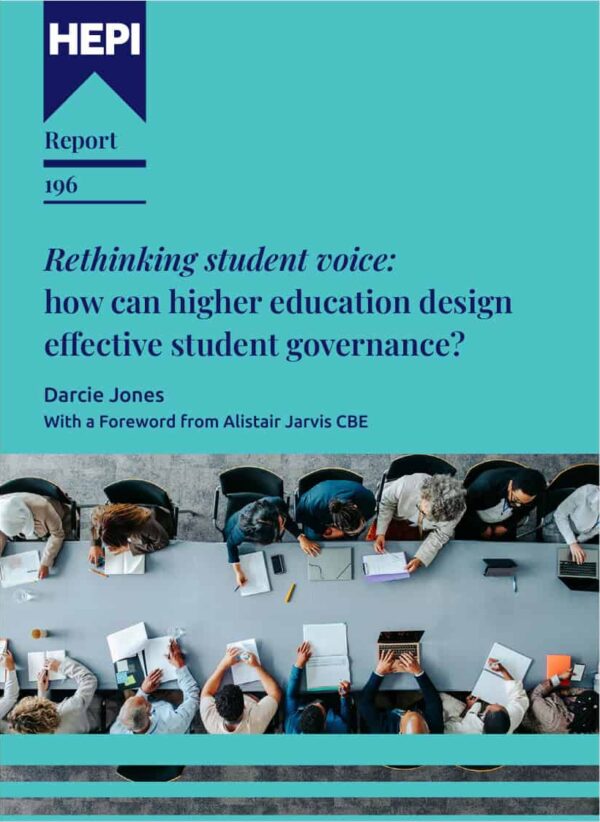Dilemmas of research
This HEPI blog post was authored by Chris Husbands and Janice Kay, Directors of Higher Futures.
Most discussion about the crisis in higher education finances has focused on fee income: how undergraduate fee income has lagged inflation for too long, and how volatility in international fee income has made universities’ planning more difficult. The challenges of research funding have been less frequently brought into the equation, though they formed one of the three sides of Shitij Kapur’s ‘triangle of sadness’, published about a year and a half ago.
There are reasons for this. Universities have understood shortfalls in full economic cost recovery for research and tried to manage them in a range of ways. Conventional approaches based on cross-subsidy, either (though it is hard to remember) from surpluses on undergraduate teaching or from surpluses on rising international recruitment, have been replaced by more measures, including amended staffing structures and refocused research priorities, but the underlying challenge remains, and is intensifying. The split in responsibilities for universities between the Department for Education and the Department for Science, Innovation and Technology makes it far more difficult to look at policy for higher education in the round.
It has always been difficult to generate efficiencies in research funding. Almost by definition, research is expensive: staff, laboratories and other infrastructure, and computing are all costly, and inflation in research costs has tended to run faster than inflation in the rest of the economy. But research is vital: good research is always our best route to innovation and solutions to complex problems, although not all of it takes place in universities. For two generations at least, the overriding incentive for universities has been to grow research as a route to increasing status and influence: research power and intensity secure universities’ global reputations.
Recent developments put that into sharp focus. Government priorities seem to be shifting. The Industrial Strategy embeds a shift to activist government, allocating resources to innovation in the IS-8 priority sectors of the economy. Sector response to the Industrial Strategy has been positive, and rightly so: the Russell Group welcomed ‘recognition of the critical role universities will play in delivering the strategy’. And yet, for all the publicity the government gave to plans for the allocation of £86bn to research over the next five years, policy analysts rapidly spotted that this was at best a freeze in spending and might be a real terms cut – although at a time of likely very tight constraints on public spending, a freeze may be far from the worst outcome for research funding.
In this context, some of the most senior figures in research management have begun to sound stark warnings. Dame Ottoline Leyser, the outgoing Chief Executive of UKRI, told the Commons Science and Technology Committee that “there will need to be some consolidation across the university landscape” as a result of the financial situation facing universities and that whilst universities “trying to compete through a relatively unstrategic expansion in their research activity – it might be much more sensible for them to focus on a smaller range of topics”, and that consolidation which resulted would not “necessarily be a huge negative” for research if done the right way.. A couple of days later, Steven Hill, Research England’s Director of Research, told the Association of Research Managers and Administrators that “concentrating on unique and high contributions, [and] concentrating on less research, has the potential to bring the amount of activity into balance with research funding.”
Not surprisingly, these comments landed badly with some commentators. Some raised issues of principle about the role of Research England, “whether it is appropriate” for a senior leader at Research England “to be calling for less research”. Another argued the case for institutional diversity, asserting that “one of the riches in the sector now is the diversity of institutions….smaller institutions…do fabulous research as well,” whilst a third argued a case about research as a process, suggesting that “picking winners in advance of research being undertaken…is a very risky business”.
None of this is easy. National budget constraints mean hard choices. Research is both a social good and, by its nature, unpredictable. Research is expensive, and large institutions have a big advantage both because of the length of time it can take for research to translate into impact and as the costs of research rise. Smaller institutions can do excellent research. All these things can be true at the same time, just as all the observers and leaders quoted here can be right, but they pose choices for government and institutions.
Since the late 1980s, the UK has sought to resolve the tensions by using the RAE, and then the REF, to allocate quality-related research funding in proportion to measures of excellence. But the real value of QR has declined by 16% since 2010, and the decline over the last thirty years is probably closer to 30%. Universities have always loved QR – a flexible, non-hypothecated funding stream, and Treasury has always disliked it for identical reasons. As cross-subsidies have become more difficult, the relationship between core funding and project funding, between curiosity-driven and directed endeavour like IS8 areas, between fundamental science and applied research, and between concentration and dispersal of activity, all come into focus. Resolving those tensions involves policy and institutional issues. First, alongside its commitment to an innovation-led economy, the government needs to connect the clarity of its industrial strategy vision to its thinking about the future of higher education.
There are choices for institutions. Almost everyone agrees that the status quo is not an option, whether for research-intensive institutions with heavy investment in expensive resources or research-ambitious institutions looking to grow their reputation and enhance regional or national impact. Boards and Executive Teams will need to think more clearly than many have done about the place of research in their overall academic vision, given the realities of the costs of sustaining high-quality research and available funding. Choices about priorities for investment, and thus for potential disinvestment, are inevitable. But there are dangers if Boards turn inwards to focus on sustainable areas of strength and potential institutional advantage: the loss of research capacity in some areas; regional cold spots; and a diminished ability to drive innovation.
This means balancing institutional and system interests. Different thinking is needed, and there are obvious areas. The first is about using existing research and development networks, including the N8, GW4, the Midlands Engine and so on, to drive much stronger regional collaborations to maximise impact and efficiencies. That means thinking harder about the relationship between regional R&D focus and regional economic growth, and how university clusters could drive innovation clusters or ways in which doctoral training could be refocused. Universities need to look much harder at the alignment between institutional academic goals and the nature and range of work undertaken. If this is linked to stronger regional thinking, then Steven Hill’s ‘less research’ in some institutions need not mean system losses in research focus and performance. There are hard questions here for both government and institutions about quality and quantity, distinctiveness and range, short-term and long-term impact, but universities and policy-makers need to grasp them.







Comments
albert wright says:
The problem for Government is Return On Investment .
Until University sector can provide better information there will be no increase in funds as money is needed for more pressing priorities
Very few votes come from increasing University research funding.
The drought will continue. Better to fund research from private sector.
Reply
Add comment